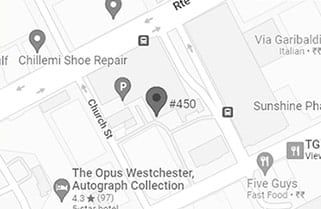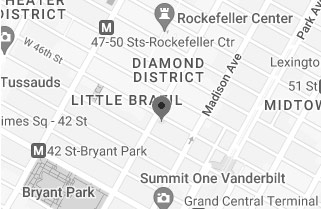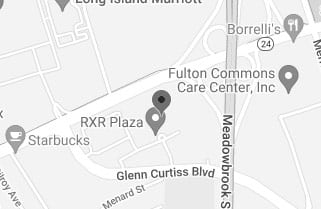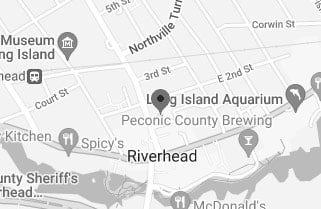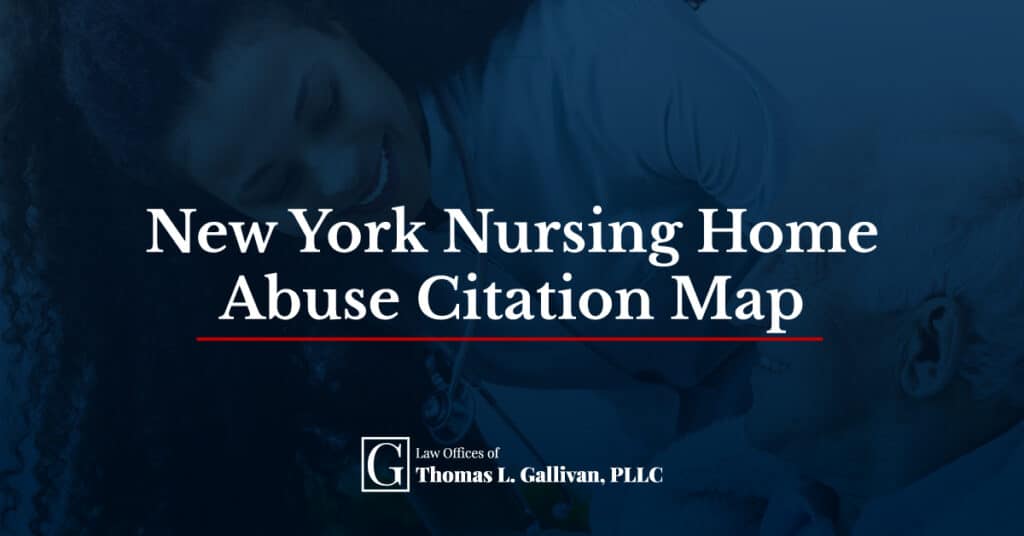
For many people, there comes a point in time when it is no longer safe to live on their own. Making the decision to either go to a nursing home or put a loved one in a home can be emotionally fraught. It can be made even more complicated by the reality that abuse and neglect happen far too often in care facilities.
Residents of nursing homes are uniquely vulnerable to neglect and physical, emotional, financial, and sexual abuse. Before making a decision on a nursing home, it is important to understand the facility’s history when it comes to abuse, neglect, and exploitation. Our New York nursing home abuse citation map can help you easily determine whether a particular nursing home has been cited by the state for abuse and neglect.
The Law Offices of Thomas L. Gallivan is dedicated to protecting nursing home residents from all types of abuse and neglect. We collaborate with families to bring claims against nursing homes and others who have harmed their residents. To learn more or to schedule a free initial consultation with a nursing home abuse lawyer, reach out to our law firm today.
How Are Nursing Homes Evaluated in New York?
The New York State Department of Health licenses nursing homes and conducts inspections of these facilities throughout the state. On the Department of Health website, you can search facilities to learn more about their services, number of beds, and more. This feature also provides ratings on issues like quality of care, resident safety, preventative care, quality of life, and resident status.
These ratings are based on quality measures from the Centers for Medicare and Medicaid Services (CMS). These measures look at a diverse set of data, such as the percentage of residents with pressure ulcers/bed sores (stage 4 bedsores), the percentage of residents who are given the appropriate vaccinations, and the percentage of residents who experienced one or more falls with injury.
These quality measures are a good way to decide whether a particular care facility is right for you or for a loved one. However, it is important to keep in mind that the numbers may vary considerably based on the type of residents that a nursing home accepts. For example, a facility that specializes in caring for people with dementia will typically have a higher percentage of residents on antipsychotic medications compared to a nursing home that doesn’t provide this service.
The other important aspect to focus on is the enforcement section. For each care facility, the Department of Health lists the number of complaints, citations, and any enforcement actions. The complaints are further broken down by category: administration, dietary services, other services, physical environment, quality of care, and resident rights. There is also additional detail provided about citations and enforcement actions.
Finding a nursing home for yourself or a loved one can be difficult. This tool is an important way to dig into details about a facility before making a final decision. Looking at these statistics can often reveal information that you won’t learn in a brochure, on the facility’s website, or during a guided tour of the nursing home.
New York Nursing Home Abuse Citation Map
Click an arrow to learn more about the facilities citationsAny nursing home can be the subject of Department of Health complaints from residents or their families. In some cases, the complaint may be more about a disgruntled resident or family member than a valid concern. A good way to determine whether you should be concerned about these complaints.
Complaint Severity
The Department of Health will investigate complaints about nursing homes, and when appropriate, will issue a citation to the facility. These citations are graded based on the severity of the potential for harm to residents:
- Level 1 (letter grade A, B, C): no actual harm done, but potential to cause minimal harm with a minor negative impact on residents.
- Level 2 (letter grade D, E, F): no actual harm or immediate jeopardy, but has caused minor discomfort and has the potential to cause more than minimal harm.
- Level 3 (letter grade G, H, I): actual harm has occurred, resulting in a negative outcome compromising the resident’s ability to reach the highest practicable level of functioning.
- Level 4 (letter grade J, K, L): immediate jeopardy to resident health or safety requiring immediate action. An event has caused or is likely to cause serious injury, harm, impairment, or death.
In addition, these citations are based on scope, which is the number of residents impacted by the deficiency:
- Isolated means that a very small number of residents or staff are affected or involved, or that the situation occurred only occasionally.
- Pattern is when more than a few residents are affected or more than a limited number of staff are involved, or there are repeat occurrences.
- Widespread indicates that many residents are affected or there is a systemic failure in a facility.
Our law firm is dedicated to helping nursing home residents and their families seek justice when they suffer nursing home neglect. In an ideal world, we hope that no one has to experience this type of abuse. To that end, we put together a nursing home citation map to help you see which facilities have received citations that show a serious pattern of violations.
You can use this map to navigate around the state and to look at facilities in your area that the Department of Health has cited for more serious violations. For example, at The Grand Rehabilitation and Nursing at Queens in Whitestone, there were 14 total citations issued between May 1, 2019, and April 30, 2023. All of these citations were graded “D” or “E” and had a severity level of 2. Most were considered isolated.
Another example is the New Carlton Rehab and Nursing Center in Brooklyn, where there were 26 total citations during the same time period. All of these complaints were a severity level 1 or 2, and most were isolated in scope. However, this nursing home facility also received 3 citations between 2019 and 2022 for issues related to abuse.
Between May 1, 2019, and April 30, 2023, there were 800 citations issued to nursing homes in New York related to abuse and neglect. This represents approximately 8.5% of all 9,416 nursing home citations issued during that same time period. The citations included violations for:
- Hiring staff with a prior history of abuse, neglect, exploitation or theft;
- Failure to timely report suspected abuse, neglect, or theft to the proper authorities;
- Failure to protect residents from abuse and neglect;
- Failure to ensure that residents are free from the use of physical restraints except when needed for medical treatment; and
- Failure to respond appropriately to alleged violations.
If a nursing home has this type of citation in its history, you may want to reconsider either moving there or placing a loved one in the facility. While mistakes can happen, a history of citations related to abuse or neglect should be considered a serious red flag.
Suspect Nursing Home Abuse? Our Law Firm Can Help.
Nursing homes are supposed to be a safe place where our loved ones can receive high-quality care. Unfortunately, the very people that we entrust to take care of our family members may exploit that trust to hurt them. A nursing home abuse lawsuit can help you get the financial compensation that you deserve and that your loved one needs to fully recover.
At the Law Offices of Thomas L. Gallivan, we are devoted advocates for our victims of nursing home abuse and neglect and their families. We offer free initial consultations and never charge a fee unless we recover money for you. To learn more or to schedule a free initial consultation with a New York nursing home abuse attorney, give us a call at 866-931-9015 or fill out our online contact form.
